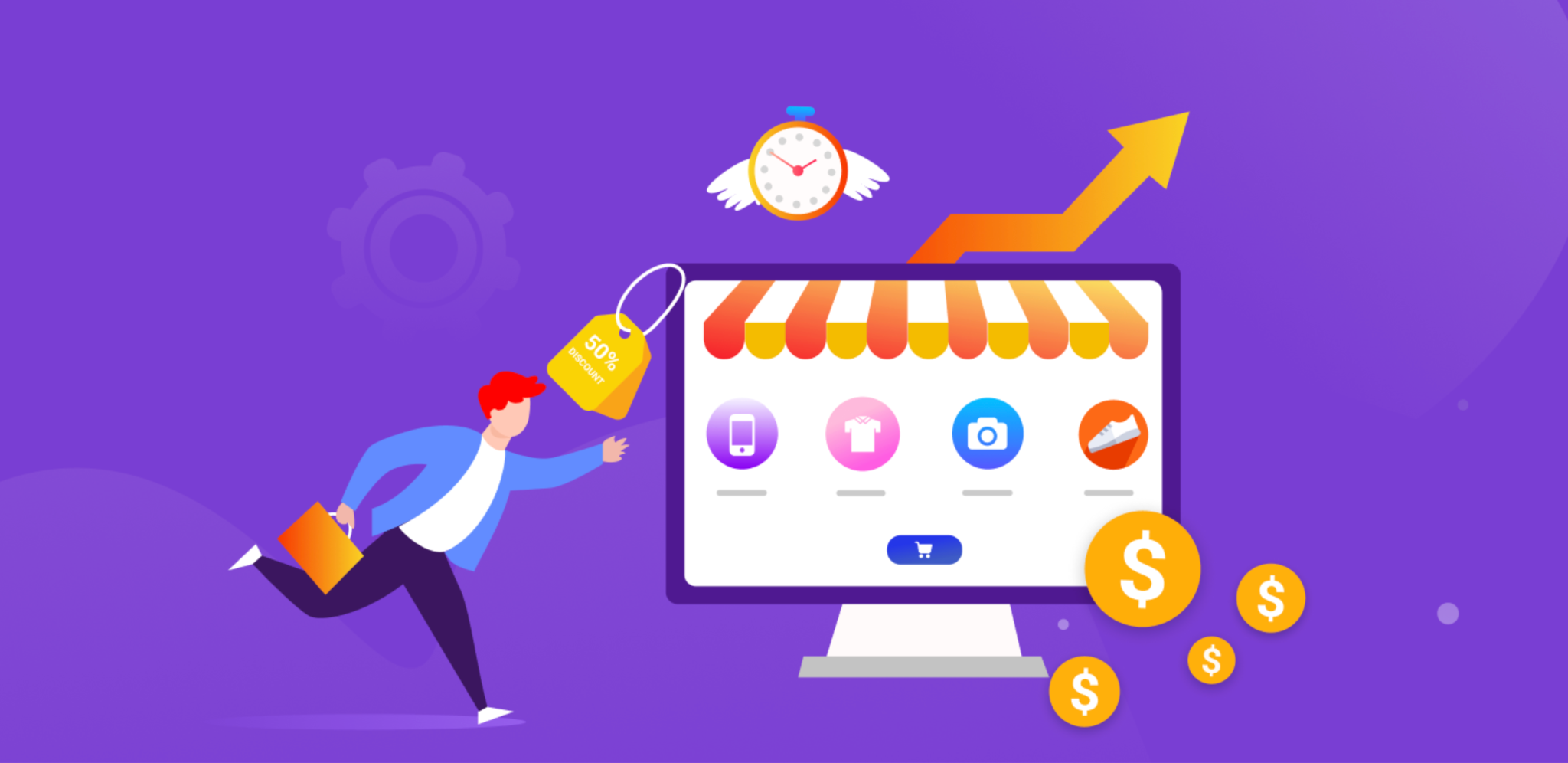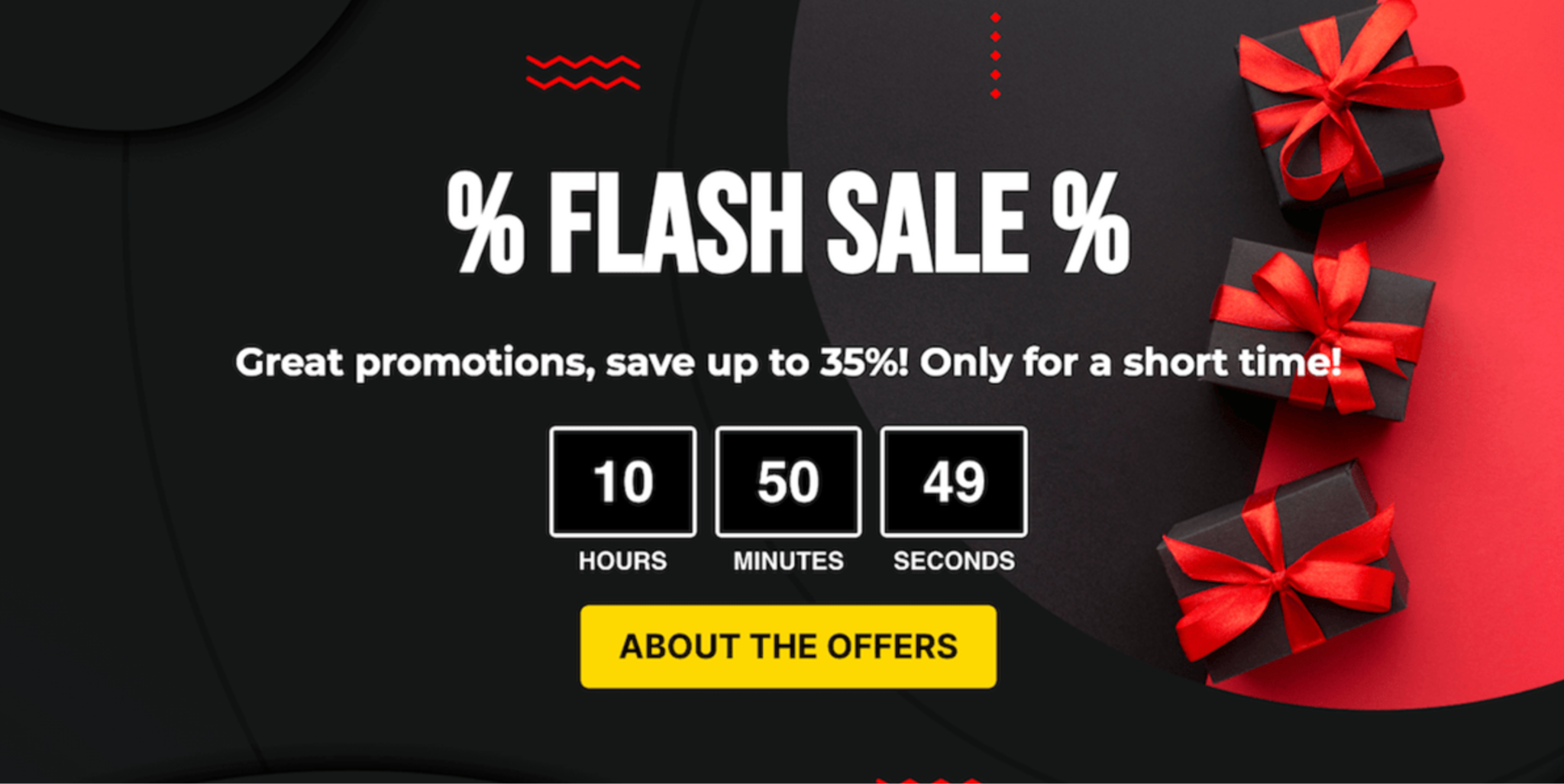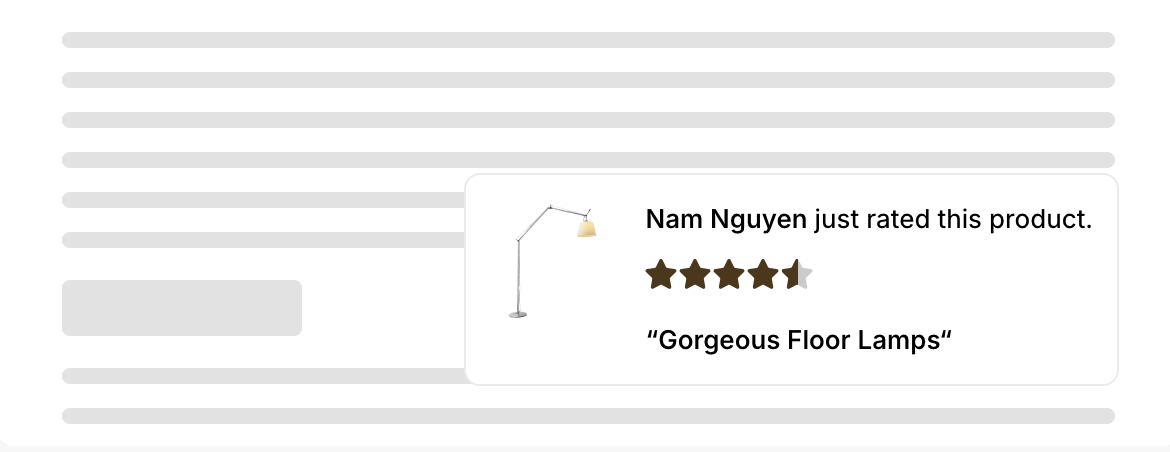
In eCommerce, every second counts. Shoppers are constantly distracted, and without a sense of urgency, they may leave your site without buying. The most successful online stores use promotional features that trigger FOMO (fear of missing out), scarcity, and exclusivity to push customers toward faster purchasing decisions.
Here are the essential promotional features that help you create urgency and drive more conversions.

Countdown timers visually display the limited duration of a deal. By showing customers exactly how much time is left, you tap into the natural fear of missing out, making them less likely to procrastinate.
Why it’s effective: People hate losing opportunities more than they enjoy gaining them. A visible ticking clock makes the potential loss real and immediate.
Practical uses:
When implemented thoughtfully, countdowns transform browsing into a race against the clock, dramatically increasing conversion rates.
Low stock indicators like “Only 2 left in stock” or “Selling fast” communicate scarcity. They make customers realize that delaying could mean missing out completely.
Why it’s effective: Scarcity is a powerful motivator. When shoppers believe a product might run out, they assign higher value to it and act quicker.
Practical uses:
This feature works especially well for high-demand or seasonal products where scarcity feels natural, not forced.
Expiring discount codes give shoppers a small window of opportunity to save. Once expired, the deal is gone.
Why it’s effective: Limited-time offers use both urgency (time-bound) and exclusivity (special access). Customers feel compelled to act before the code loses value.
Practical uses:
Pro tip: Personalize codes with names (e.g., WELCOMEJANE10) to make customers feel like the discount was created just for them.
Flash sale sections create a dedicated shopping space where discounts are available for only a short time. They gamify the shopping experience and encourage impulse buys.
Why it’s effective: Flash sales generate excitement because of their exclusivity and time-limited nature. Customers flock to these sections knowing they can’t wait.
Practical uses:
This method works well for clearing inventory, boosting traffic, and keeping your store “sticky” as customers return frequently to check new deals.
Exit-intent popups detect when a shopper is about to leave your website and trigger an offer designed to stop them.
Why it’s effective: Many shoppers abandon carts or leave without buying, but a last-minute incentive can change their minds. By offering a discount or free shipping, you reframe their decision before they close the tab.
Practical uses:
Exit popups aren’t about being pushy, they’re about giving customers the final nudge they often need to convert.

A progress bar shows shoppers how close they are to unlocking free shipping or another reward.
Why it’s effective: Humans are naturally motivated to complete goals. Progress bars gamify the shopping journey and encourage customers to add more items to their carts.
Practical uses:
This simple feature not only increases urgency but also raises average order value (AOV), making it one of the most cost-effective sales boosters.
Pre-orders and early access promotions allow customers to secure items before they officially launch or before others can buy them.
Why it’s effective: Exclusivity and anticipation are powerful psychological drivers. Customers love feeling like insiders, and they don’t want to miss out on the chance to be first.
Practical uses:
This feature works particularly well for product launches, limited editions, and seasonal items where hype and scarcity overlap.
Social proof features show real-time activity, such as purchases, views, or reviews, on your website.
Why it’s effective: Shoppers feel reassured when they see others buying. Add urgency to that (e.g., “25 people are viewing this item right now”), and it multiplies the effect.
Practical uses:

This approach blends credibility with urgency, making products feel popular and time-sensitive at the same time.
Bundling products or offering limited-edition items increases value while adding scarcity.
Why it’s effective: Bundles create a “better deal” mindset, while limited editions spark exclusivity. Together, they encourage customers to act quickly to secure extra value.
Practical uses:
Not only do bundles increase urgency, but they also boost AOV by getting customers to buy more in a single transaction.
Retargeting campaigns use ads, emails, or SMS to bring back customers who visited but didn’t purchase. Adding urgency messaging makes these campaigns far more effective.
Why it’s effective: Shoppers often need multiple reminders before they purchase. When those reminders include deadlines or scarcity cues, the chances of conversion rise significantly.
Practical uses:
This ensures you don’t just rely on on-site urgency but continue to engage customers wherever they are online.
Urgency and scarcity aren’t just gimmicks, but they are also psychological triggers proven to speed up decision-making. By adding features like countdown timers, stock alerts, progress bars, and social proof notifications, you create shopping experiences that are dynamic, time-sensitive, and more persuasive.
If used strategically, these promotional tools will not only just boost your sales, but they’ll also build excitement, loyalty, and long-term customer engagement.